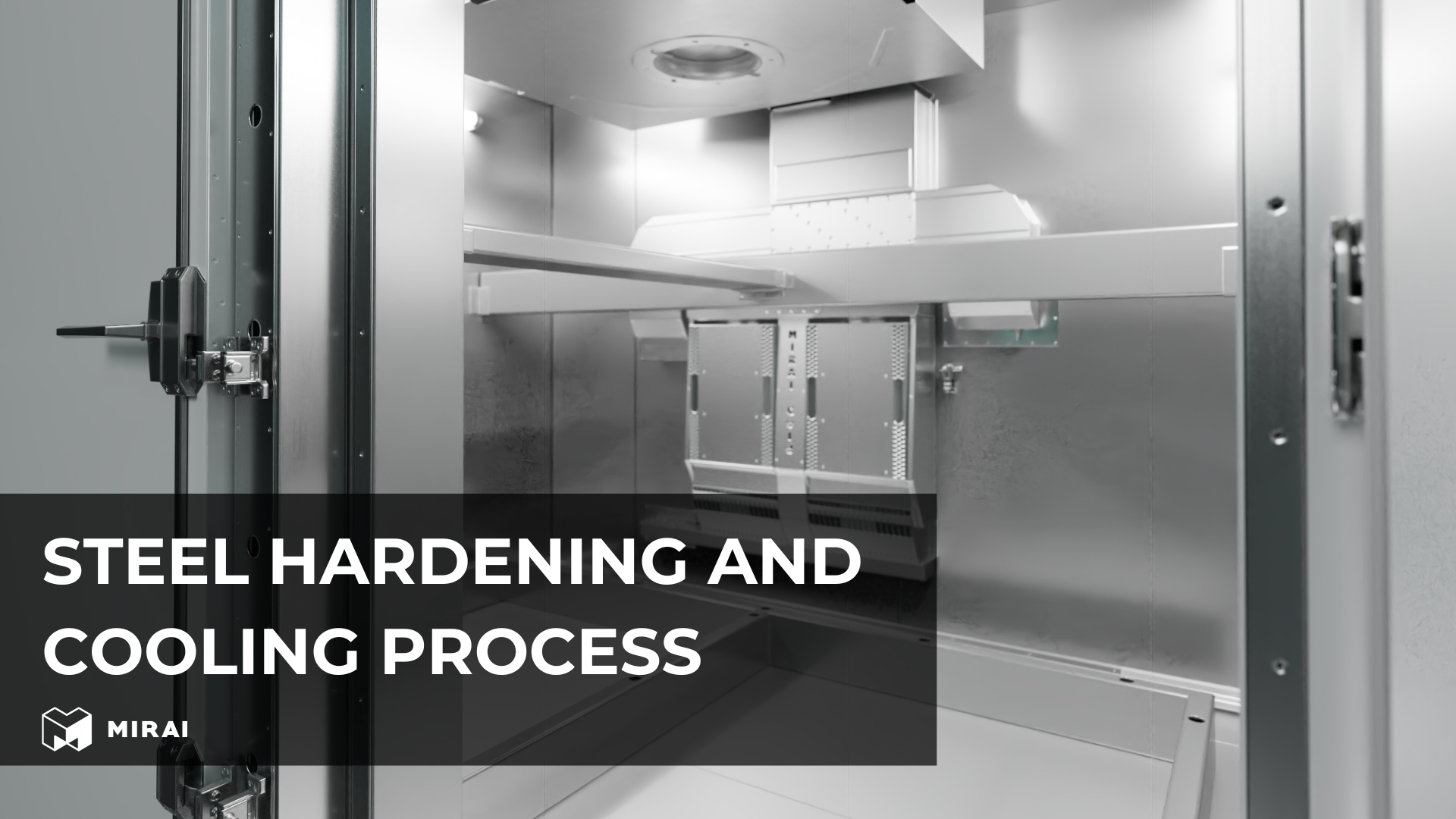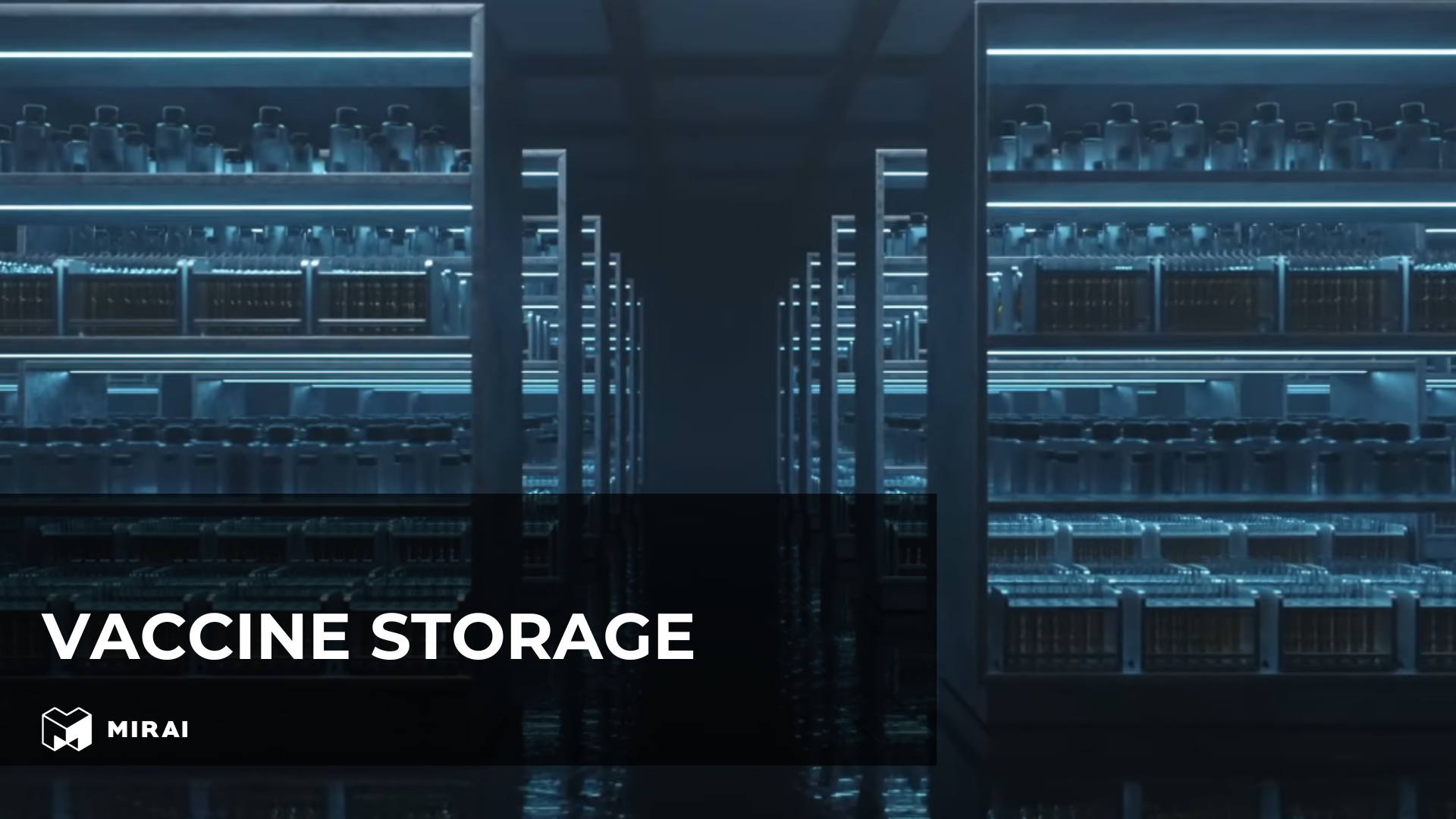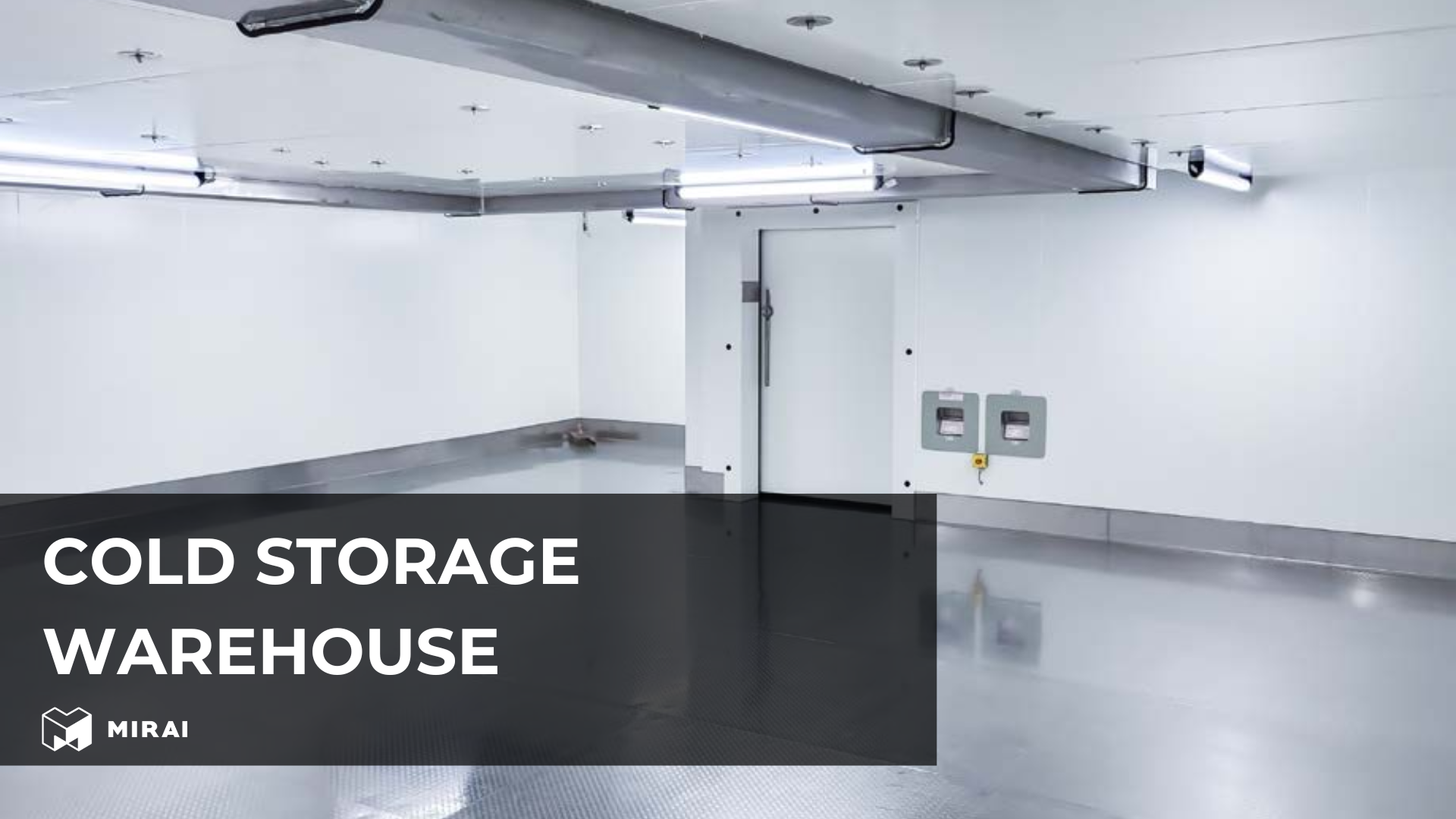Steel hardening and cooling process

Hardening of steel is a critical heat treatment process aimed at increasing the hardness and strength of steel through controlled cooling from an elevated temperature. This process alters the microstructure of steel, enhancing its mechanical properties to meet specific industrial needs. The steel hardening and tempering processes are essential in various applications, from automotive components to construction tools.
Purposes of Hardening Steel
The primary purpose of steel hardening is to make the metal harder and more resistant to wear and tear. By altering the internal structure of steel, the process increases its hardness, making it ideal for high-stress applications. Hardening also improves the tensile strength of steel, allowing it to withstand higher loads without deforming. This process involves heating the steel to a high temperature and then cooling it rapidly, usually in water or oil. This quenching method locks the steel in a hardened state, significantly enhancing its mechanical properties. Additionally, the enhanced durability and wear resistance provided by hardening extend the lifespan of steel components, making them more cost-effective over time due to decreased maintenance and replacement needs.
Applications of Hardened Steel
Hardened steel is used in a myriad of applications due to its robust properties. It is commonly found in tools, dies, and blades where high wear resistance is crucial. In the automotive industry, hardened steel components, such as gears, axles, and crankshafts, are favored for their durability and strength. Construction equipment and heavy machinery also benefit from the use of hardened steel in structural components. This material is particularly valued for its ability to withstand the rigorous demands of heavy loading and repeated use in harsh environments. Furthermore, the resistance of hardened steel to abrasion and deformation makes it an ideal choice for high-impact conditions commonly encountered in mining and drilling operations.
Types of Hardening
Cryogenic Hardening Process
Cryogenic hardening is a sophisticated method that enhances material hardness and wear resistance by exposing them to extremely low temperatures. This process stabilizes the material, leading to increased hardness, strength, and reduced deformation and cracking. It achieves finer material structure and improved dimensional stability by minimizing internal stresses. Cryogenic hardening is a reliable and effective technique for improving material properties in demanding applications.
Volume Hardening
Volume hardening involves heating the entire volume of the steel component to a temperature above its transformation range, followed by rapid cooling. This process is suitable for components that require uniform hardness throughout their volume.
Surface Hardening
Surface hardening, as the name suggests, is targeted at enhancing the hardness of the steel's surface while maintaining a tough core. Techniques such as carburizing or nitriding are used to harden the surface, making it resistant to surface wear.
Through Hardening
Through hardening increases the hardness of the entire cross-section of the steel part. This is achieved by heating the steel above its critical temperature and then quenching it in water or oil.
Isothermal Quenching
Isothermal quenching involves cooling the steel to a temperature just below the transformation range, holding it at that temperature to achieve uniform transformation, and then cooling it to room temperature. This method reduces the risk of distortions and cracking.
Step Quenching
Step quenching is a process where the steel is cooled in stages using different media at various temperature ranges. This controlled cooling can minimize internal stresses and distortions in high-carbon steel parts.
Quenching Equipment
Heating Furnaces
Heating furnaces are essential for bringing the steel to the required hardening temperature. Different types of furnaces, such as batch furnaces and continuous furnaces, are used depending on the production requirements and the nature of the steel being treated. Batch furnaces are suitable for smaller production volumes and allow for precise control over the heating process, making them ideal for specialty steels that require specific treatment. Continuous furnaces, on the other hand, are more efficient for larger volumes, maintaining a constant flow of steel through the furnace which is beneficial for consistent treatment and energy efficiency.
Tempering Baths
After hardening, steel is often tempered in tempering baths. These baths are used to slightly reduce the hardness obtained through the hardening process in exchange for greater toughness and ductility. The tempering process involves heating the steel to a lower temperature than used in hardening and then cooling it under controlled conditions. This adjustment modifies the brittle microstructure formed during quenching into one that is more balanced, enhancing resistance to mechanical shock and fatigue. Tempering baths can use oil or water-based solutions and often incorporate additives that help achieve the desired mechanical properties of the steel.
Cooling Devices
MIRAI Products in Cooling Applications
MIRAI and Refolution have introduced a new rapid cooling room concept called Refosteel, which uses air as a refrigerant. The Mirai Intex air cycle machine 22 O/W can generate temperatures ranging from -40°C to -120°C. This cryogenic steel hardening facility features two separate rooms divided by a permeable barrier, allowing two different batches to be hardened simultaneously. A heat exchange occurs between a newly introduced batch and a previously warmed batch, enabling pre-cooling before further cooling is achieved using the air cycle machine. This innovative method conserves refrigeration capacity, thereby reducing operational costs. It offers a more efficient solution across a broad temperature spectrum, is regulatory-free, environmentally safe, and low-maintenance due to its reliance on air as the refrigerant. This solution provides controlled and consistent cooling, essential for obtaining optimal material properties.
Industry Outlook
Through hardening of steel is crucial for enhancing steel quality and ensuring its durability under various stresses and demands in specific applications. Hardened steel offers increased resistance to scratches, impacts, and wear, making it essential for numerous industrial uses. This increased hardness not only improves the service life of tools and machinery but also enhances production cost-efficiency. Additionally, steel hardening improves the steel's surface properties, making it more resistant to corrosion and oxidation, which further extends its longevity.
The demand for hardened steel is expected to grow, driven by increasing requirements for durability and performance across various sectors, including automotive, aerospace, and construction. As technology advances, the methods and equipment used in steel hardening will continue to evolve, offering even greater precision and efficiency in these essential industrial processes.

